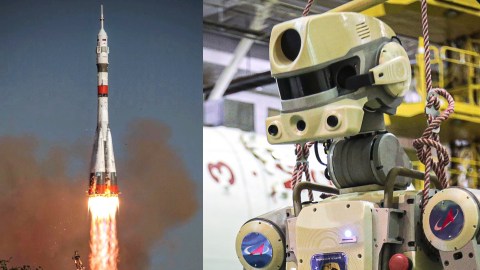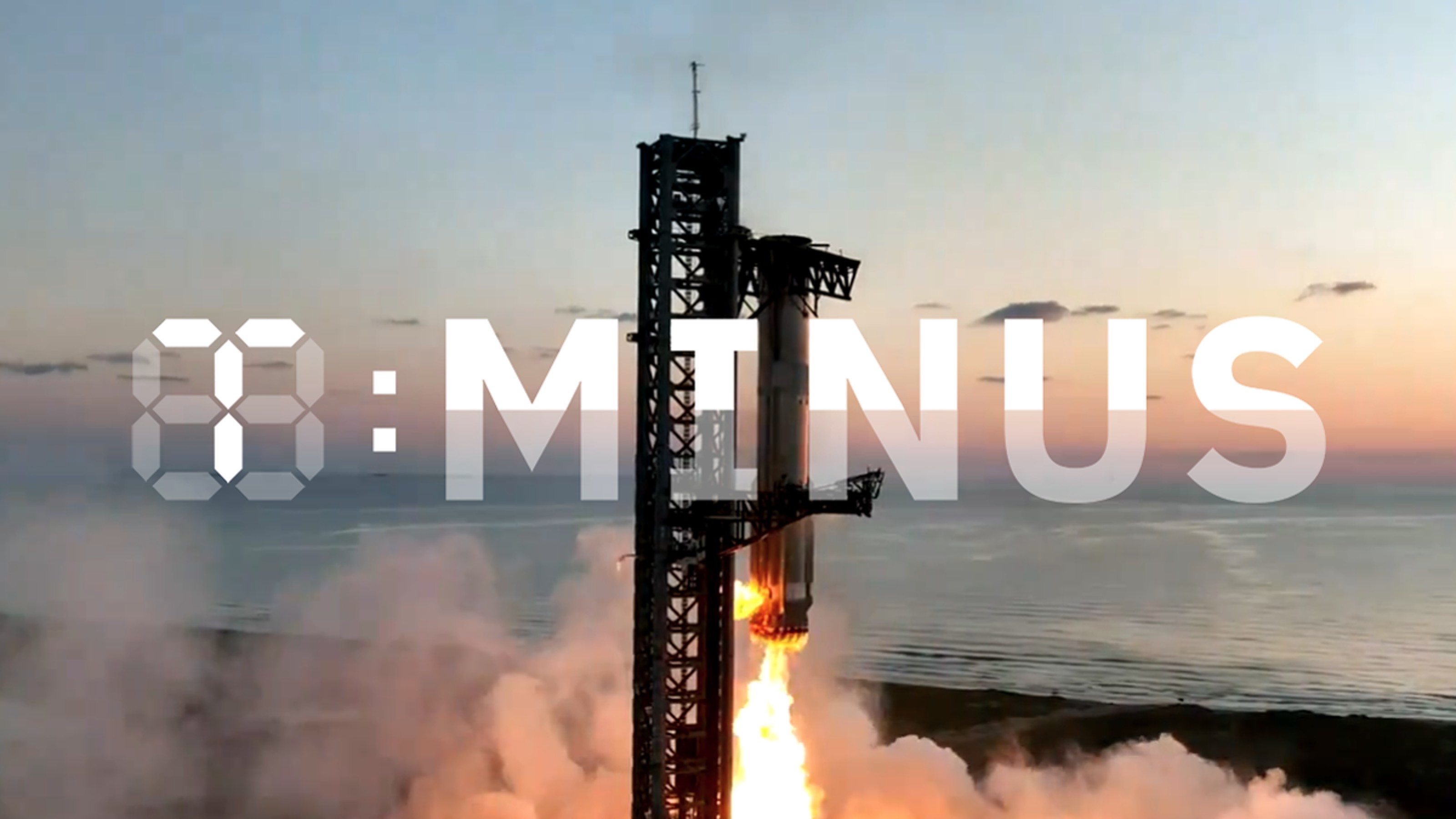Russia sends humanoid robot to space, fails to dock with ISS

Photos by TASSTASS via Getty Images
- Russia launched a spacecraft carrying FEDOR, a humanoid robot.
- Its mission is to help astronauts aboard the International Space Station.
- Such androids can eventually help with dangerous missions likes spacewalks.
In a sign that the future you always imagined gets ever closer, Russia launched a humanoid robot into space on a 10-day mission to assist astronauts aboard the International Space Station.
The robot named FEDOR, a much friendlier acronym for its full name of “Final Experimental Demonstration Object Research,” was sent up on August 23rd in a Soyuz MS-14 spacecraft from Russia’s Baikonur cosmodrome in Kazakhstan.
It was set to dock with the space station on Saturday, August 24th, but failed in its first attempt. The mission is slated to last till September 7th.
There are no humans aboard the spacecraft, just the robot (also designated as Skybot F850), since a new emergency rescue system is being tested.
“Let’s go. Let’s go,” the robot said at the launch, echoing the famous phrase uttered by Russia’s (and the world’s) first man in space – Yuri Gagarin.
Flying up alone doesn’t seem to affect Fedor much, as it tweets out enthusiastic reports on its progress in space, including this photo from the approach to the ISS:
The humanoid robot is 5 foot 11 inches (1.80 m) tall and weighs 353 pounds (160 kg).
Besides a Twitter account, the media-savvy Fedor also has an Instagram feed and has already been a social media sensation in the past, due to a video of its gun-toting skills.
The robot has many other skills as well, like opening bottles, connecting cables and the general ability to copy humans. That’s what makes it great at a variety of manual tasks, which will be tested aboard the space station.
It will also wear an exoskeleton and try working with augmented reality glasses.
The eventual goal for such robots would be to help humans in dangerous situations like spacewalks, said the Russian space agency’s director for prospective programs and science, Alexander Bloshenko, in televised comments.
They can also be useful in high radiation environments.
Other countries are also developing robots to assist in spaceflight. NASA’s Robonaut 2 has already been to space on a similar mission.





